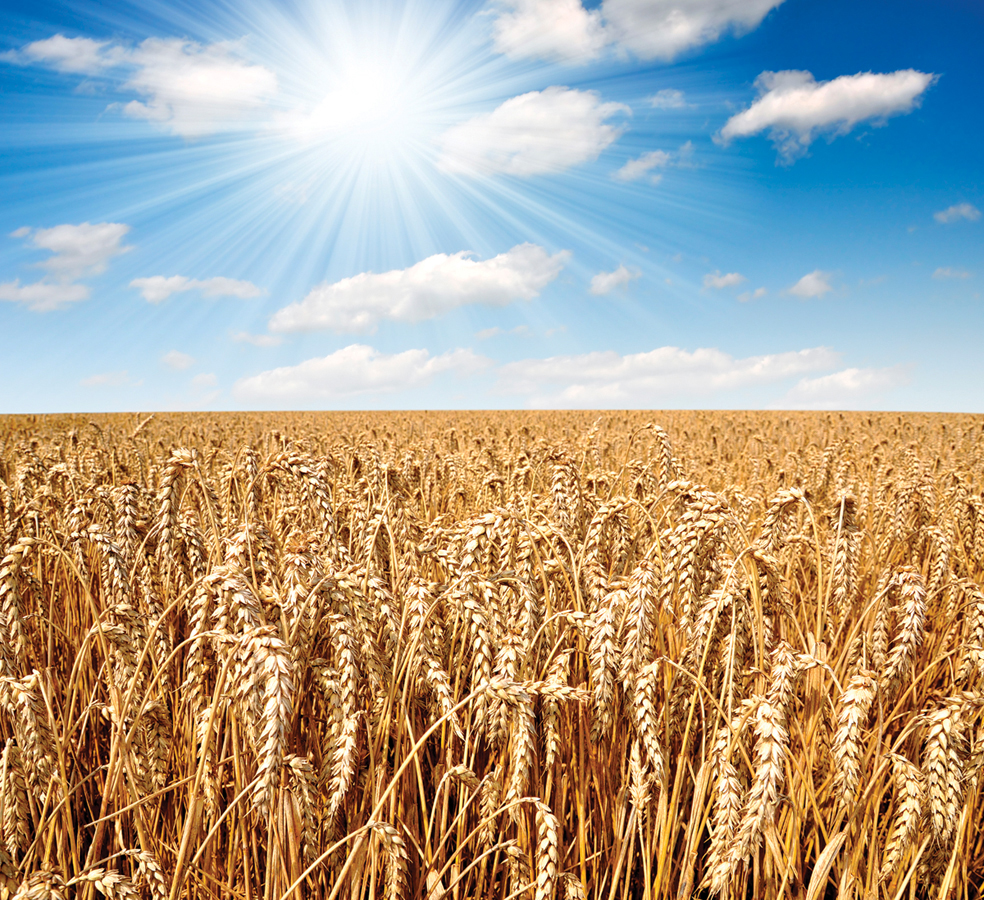Production and Costs

Production and Costs
SECTION8
- Module 21: The Production Function
- Module 22: Firm Costs
- Module 23: Long-
Run Costs and Economies of Scale

THE FARMER’S MARGIN
“O Beautiful for spacious skies, for amber waves of grain.” So begins the song “America the Beautiful.” And those amber waves of grain are for real: though farmers are now only a small minority of America’s population, our agricultural industry is immensely productive and feeds much of the world.
If you look at agricultural statistics, however, something may seem a bit surprising: when it comes to yield per acre, U.S. farmers are often nowhere near the top. For example, farmers in Western European countries grow about three times as much wheat per acre as their U.S. counterparts. Are the Europeans better at growing wheat than we are?
No: European farmers are very skillful, but no more so than Americans. They produce more wheat per acre because they employ more inputs—
Notice our use of the phrase “at the margin.” Like most decisions that involve a comparison of benefits and costs, decisions about inputs and production involve a comparison of marginal quantities—
In Module 18 we considered the case of Alex, who had to choose the number of years of schooling that maximized his profit from schooling. There we used the profit-
In this section, we will show how marginal analysis can be used to understand these output decisions—
The first step in this analysis is to show how the relationship between a firm’s inputs and its output—